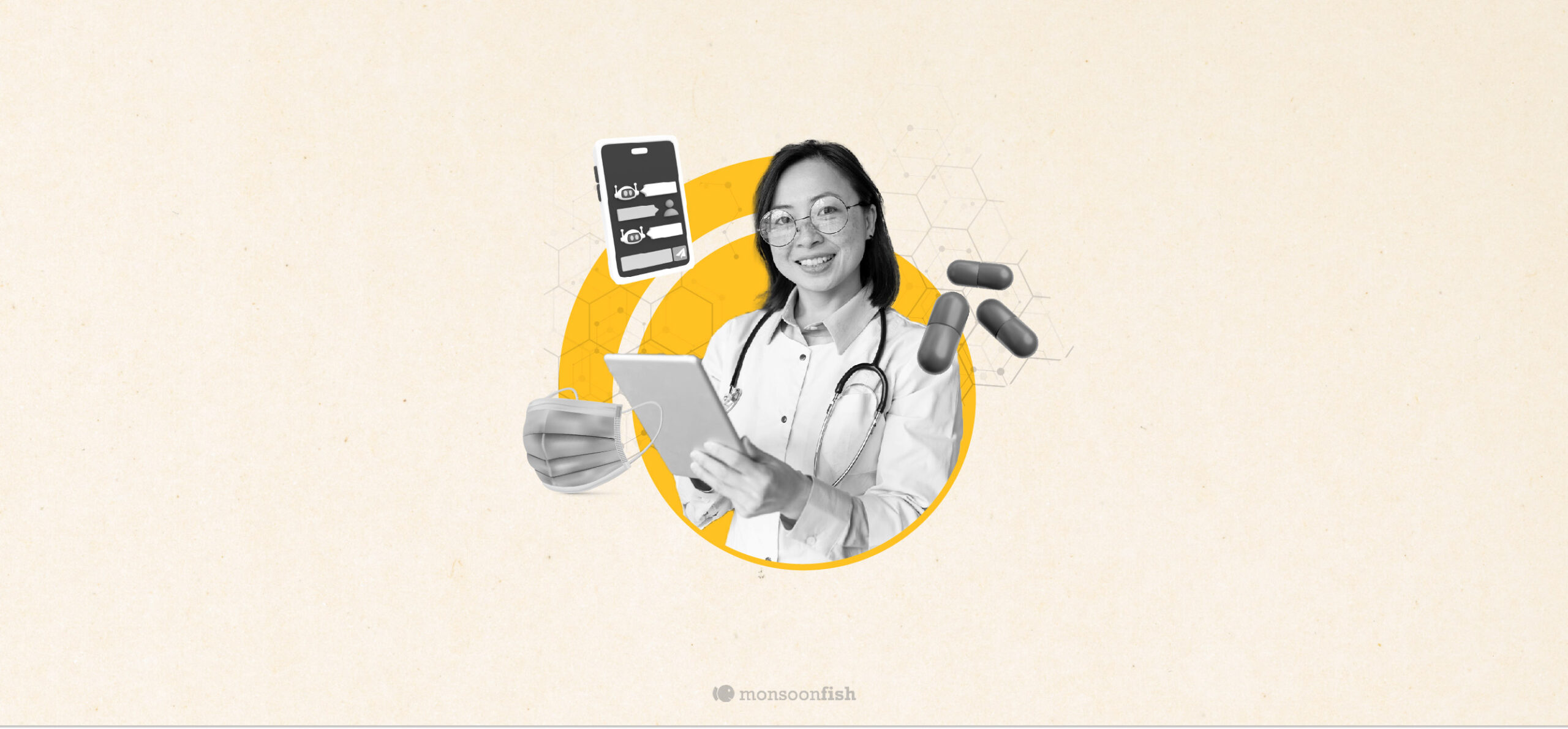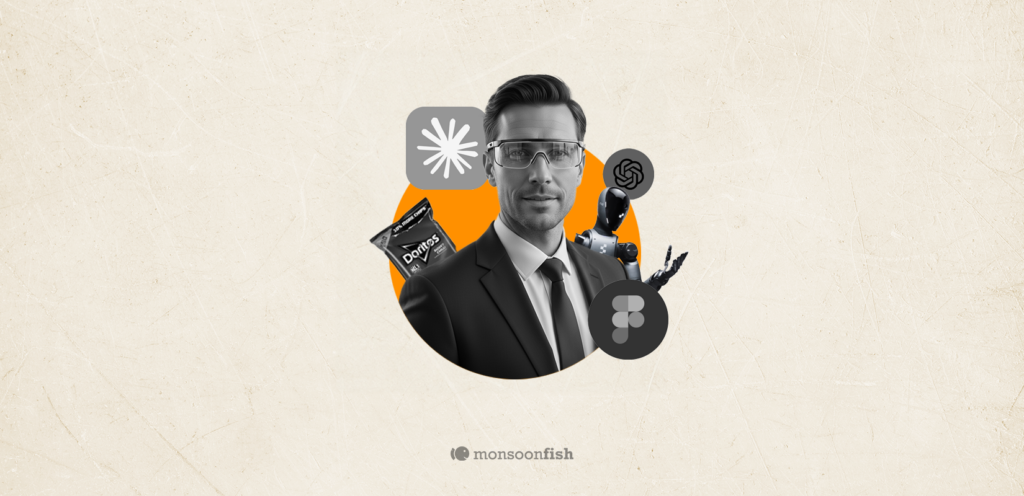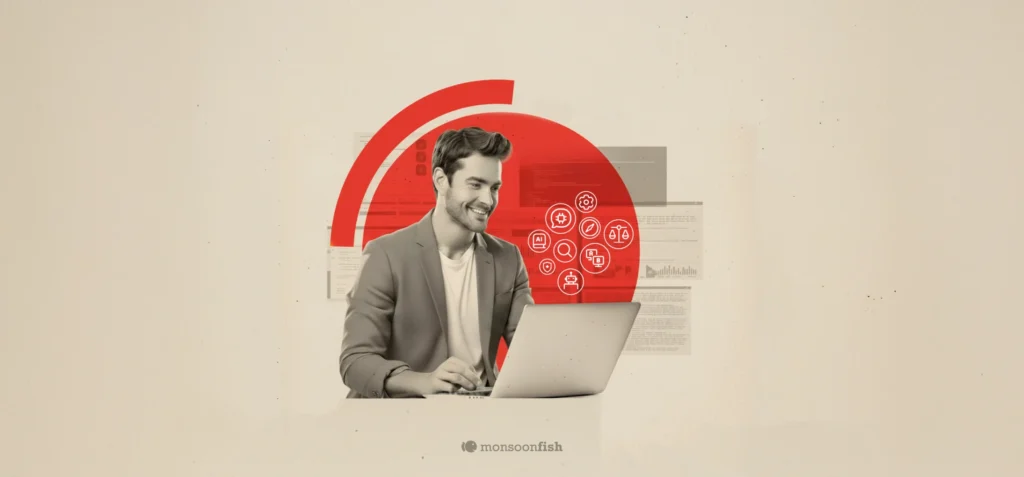What’s Next in Healthcare? The Future of UX in Medicine
Imagine a world where your smartphone could diagnose diseases before you even feel symptoms or personalized medicine is as routine as checking your email. With the convergence of technology and healthcare, these mere imaginations are shaping into realities.

Social Share
The healthcare industry is undergoing a seismic shift, driven by cutting-edge advancements that promise to redefine patient care. From 3D printing to artificial intelligence (AI), telehealth, and biosensors, these technologies are transforming not just the way medicine is practiced, but how patients experience healthcare. Central to this evolution is user experience design, ensuring that these innovations are not just effective, but intuitive, accessible, and truly beneficial to users. Let’s explore some of the most promising innovations and see how user experience shapes their impact!
Tech Innovations Shaping Healthcare in 2024
Medical advancements like telemedicine, AI and Machine Learning, 3D Printing, Virtual Reality are gradually but steadily making their space in the world of healthcare. Gone are the days of receiving your reports in a folder at the clinic or using elaborative devices to measure your blood pressure. There has been a plethora of new tech innovations disrupting the healthcare space aiming to enhance user experiences for people involved. Let’s view some of them here:
1. Smart Pill
A tiny innovation with a big impact –Smart pill is a small ingestible device which floats around your body collecting data, recording images and even delivering drugs. Caltech is even developing a GPS for it to travel through the intestines to record data aiding diagnosis. It’s non-invasive way to collect real-time data and deliver targeted medications plays a big role in the user’s experience. While the smart pill promises to revolutionize diagnostics and treatment, how do we measure the long-term effects of it on the body’s ecosystem? Does this pursuit of convenience and precision create new challenges for health, ethics, or personal autonomy?
2. Kubo Care
Another revolutionizing healthcare tracking includes Kubo Care, a radar-based remote monitoring system for at-home senior care. This innovative radar technology offers a non-intrusive alternative to traditional wearable devices for fall detection, significantly enhancing the user experience for both seniors and their families. As Kubo Care moves away from wearables, it makes us think – could this be the future of healthcare, where the most effective monitoring tools are the ones you barely notice? By blending into the background, this technology could change how we think about caregiving—turning homes into silent, smart guardians that support without intrusion.
3. Smart Mask
Researchers have introduced a high-tech paper mask that analyzes your breath to monitor conditions like asthma and COPD. These diseases require patients to visit a clinic for sample collection, followed by a waiting period for lab results. By providing continuous, noninvasive health insights, this mask promises to enhance personal health management, making it more intuitive and user-friendly. But for it to truly make a difference, the mask has to be easy to use and feel natural. The real challenge would be making sure the technology fits into people’s lives without feeling like a burden—so they can focus on their health and not the device.
4. Virtual Reality Therapy
Virtual reality therapy is emerging as a powerful tool not only for physical rehabilitation and surgical training but also in the mental health space. It can be used to treat conditions such as anxiety, depression, and post-traumatic stress disorder (PTSD) by exposing patients to controlled simulations of their fears in a safe environment. It provides an immersive, engaging, and tailored experience to each patient’s needs leading to better outcomes and a more holistic user experience.
As virtual reality therapy becomes more immersive and personalized, could it also change how we perceive mental health treatment itself? If therapy moves into virtual worlds, will it challenge traditional boundaries between reality and simulation—and what might this mean for how we navigate our emotions and heal in the digital age?
5.CRISPR-Cas9
CRISPR-Cas9 is a gene editing technology which enables geneticists and medical researchers to edit parts of the genome by removing, adding or altering sections of the DNA sequence. This technology changes the game for users’ in healthcare by offering highly personalized, targeted treatments. It allows medical professionals to edit genes with precision, tailoring therapies to an individual’s unique genetic makeup. With CRISPR-Cas9, we are sitting at the brink of a genetic revolution. How will our understanding of health and disease evolve as we gain the ability to manipulate the very fabric of life? Will such power be handled with responsibility—what ethical boundaries will come in the spotlight with the implications of editing our own genes?
What’s the Role of UX in Healthcare’s Future?
As we explore these innovative technologies, it’s clear we are on the verge of a significant shift in healthcare. These advancements hold the promise of making healthcare more accessible and personalized. On the flip side — are these advancements truly solving major healthcare challenges or are they merely putting a technological band-aid on deeper systemic issues such as access, affordability, disparities, patient engagement etc.
In the era of rapidly advancing healthcare technology, the stakes have never been higher. A misdiagnosis, a faulty medical device, or a confusing interface could mean the difference between life and death. While these tools enhance user experiences, are they also creating new problems and dependencies for us to address? The future of healthcare hinges on the ability to use the power of technology while managing its risks.





